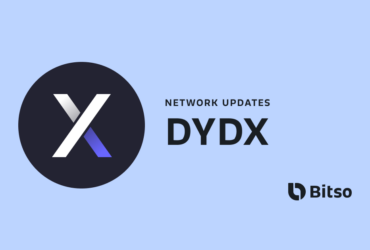Is the bull market really over or is this just part of the process?
Introduction to Bitcoin Cycles
Bitcoin, the world’s first and most valuable cryptocurrency, has captivated investors with its potential for high returns. However, these returns don’t come in a straight line. Instead, Bitcoin’s price moves in cycles, alternating between periods of rapid growth and significant declines. Understanding these cycles is crucial for any Bitcoin investor, whether you’re a seasoned trader or just starting your crypto journey.
Historical Overview of Bitcoin Cycles
Bitcoin has undergone four halving events since its inception in 2009.
- The first halving occurred on November 28, 2012.
- Followed by the second on July 9, 2016.
- The third took place on May 11, 2020.
- The most recent halving was on April 20, 2024.
These halving events, which happen about every four years, reduce the issuance of new Bitcoin. For instance, in April 2024, the reward for mining a block of Bitcoin was cut from 6.25 BTC to 3.125 BTC. While the four-year schedule isn’t rigid, the pattern suggests the next halving could occur in 2028.
Anatomy of a Bitcoin Cycle
A typical Bitcoin cycle consists of four distinct phases
- Accumulation: This phase occurs after a major price drop. Prices stabilize, and experienced investors start buying, anticipating future growth.
- Uptrend (Bull Market): Prices begin to rise as demand increases. This phase is often fueled by positive news, technological advancements, and growing institutional interest.
- Distribution: As prices peak, early investors start selling to lock in profits. The market shows signs of overheating.
- Downtrend (Bear Market): Prices fall significantly, often retracing 80% or more from the cycle’s peak. This phase can last several months to a year or more.
Each full cycle typically lasts about four years, aligning with Bitcoin’s halving events3.
The Current Cycle: Where Are We Now?
As of February 2025, we are in the early stages of the fifth Bitcoin cycle, which began with the halving in April 20249. Despite some recent volatility, Bitcoin’s performance remains on track with previous cycles. As of early February 2025, Bitcoin was up approximately 525% from its cycle low during the FTX collapse in November 20226.
Currently, Bitcoin is trading in a range between $90,000 and $109,000, showing resilience despite global economic uncertainties6. This behavior is consistent with the “uptrend” phase of the cycle, where we typically see strong price appreciation interspersed with periodic corrections.
Navigating Dips: Opportunities in Volatility
It’s important to note that even during bull markets, Bitcoin experiences significant price dips. These corrections are a normal part of market cycles and don’t necessarily signal the end of the uptrend. In fact, these dips often present opportunities for investors to acquire Bitcoin at more favorable prices.
Historical data shows that buying during these dips and holding through the cycle has been a profitable strategy for many investors.
That said, it’s essential to approach these opportunities with caution. Tools like the Fear and Greed Index can help you develop a well-rounded strategy. To learn more about how this index works and how it can guide your decisions, check out our detailed blog post. Remember, never invest more than you can afford to lose, and always conduct thorough research before making any investment decisions.
Looking Ahead: What to Expect
Bitcoin’s price tends to follow cycles, shaped in part by the halving events that occur every four years. While past performance can’t predict the future, historical patterns suggest we might see continued growth, with potential peaks in late 2025 or early 2026 as this cycle plays out.
That said, the crypto market isn’t influenced by halvings alone. Factors like global economic shifts, regulatory changes, and evolving technology can all impact Bitcoin’s price. Volatility is a given—expect steep rises and sudden drops along the way.
The key for investors? Keep a long-term view. Avoid getting caught up in short-term price swings and focus on steady strategies like dollar-cost averaging (DCA). Remember, success often comes to those who stay patient, avoid panic selling, and understand Bitcoin’s ups and downs.
By recognizing these cycles, you can make more informed decisions and better position yourself in this dynamic market.





